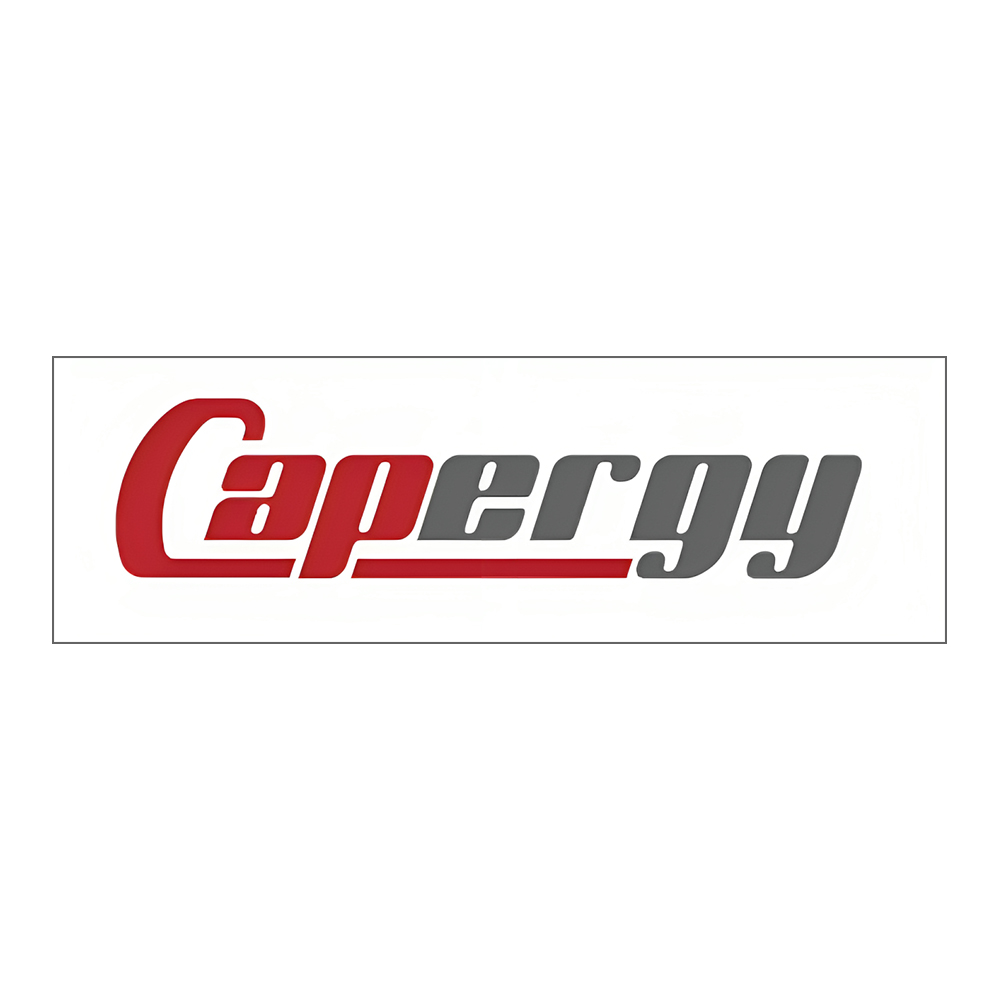
As the world increasingly shifts towards sustainable energy solutions, the combination of solar and wind power has emerged as a powerful duo in the renewable energy landscape. Harnessing these resources efficiently requires cutting-edge tools and technologies. In this article, we will explore 10 must-have tools and technologies that play a crucial role in maximizing the utilization of solar wind energy.
Solar Panels with Wind Turbines Integration:
Combining solar panels with wind turbines provides a hybrid solution that ensures a continuous power supply. During the day, solar panels capture sunlight, while wind turbines generate electricity when the sun isn’t shining. This integration enhances energy production efficiency, making it a vital tool for regions with fluctuating weather patterns.
Advanced Energy Storage Systems:
One of the challenges with solar wind energy is its intermittency. To address this, advanced energy storage systems, such as high-capacity batteries, are essential. These systems store excess energy generated during peak production periods, ensuring a stable power supply during low production periods or at night. Lithium-ion batteries and emerging technologies like flow batteries are becoming increasingly popular for large-scale energy storage.
Smart Inverters and Microgrids:
Smart inverters play a pivotal role in converting the direct current (DC) generated by solar panels and wind turbines into alternating current (AC) suitable for household or industrial use. Additionally, microgrids enable localized energy distribution, reducing transmission losses. The integration of smart inverters and microgrids optimizes energy distribution and enhances the reliability of renewable energy systems.
Weather Forecasting Technology:
Efficient utilization of solar and wind energy requires accurate weather forecasting. Advanced meteorological tools and technologies help predict weather patterns, enabling better planning for energy production and consumption. This foresight allows energy grid operators to make informed decisions to balance the fluctuations in energy generation and demand.
Artificial Intelligence (AI) for Energy Management:
Artificial Intelligence is revolutionizing the energy sector, especially in optimizing renewable energy systems. AI algorithms analyze vast amounts of data in real-time, predicting energy production, optimizing storage usage, and even forecasting equipment maintenance needs. This technology enhances the overall efficiency and reliability of solar wind energy systems.
Robotic Maintenance and Cleaning Systems:
To ensure the longevity and efficiency of solar panels and wind turbines, regular maintenance and cleaning are crucial. Robotic systems equipped with sensors and cameras can autonomously inspect, clean, and perform minor repairs. These systems reduce human intervention, lower maintenance costs, and enhance the overall reliability of renewable energy infrastructure.
High-Efficiency Solar Trackers:
Solar trackers are devices that orient solar panels to follow the sun’s trajectory, maximizing sunlight exposure throughout the day. High-efficiency solar trackers significantly increase energy output by up to 25% compared to fixed installations. As the sun moves across the sky, these trackers ensure that solar panels are always positioned for optimal energy absorption.
Aerodynamic Wind Turbine Designs:
Innovative turbine designs, such as vertical-axis and hybrid designs, enhance the efficiency of wind energy capture. These designs are more adaptable to various wind conditions and are often more aesthetically pleasing. Improved aerodynamics not only increase energy production but also make wind energy more accessible in diverse geographical locations.
Solar-Wind Hybrid Streetlights:
In urban areas, solar-wind hybrid streetlights are gaining popularity as sustainable lighting solutions. These streetlights combine solar panels and small wind turbines to generate electricity for lighting. They operate independently of the grid, reducing the strain on traditional power sources and providing environmentally friendly lighting for streets and public spaces.
Community-Based Renewable Energy Initiatives:
Empowering communities to harness solar and wind energy locally fosters sustainable development. Community-based initiatives involve installing small-scale solar panels, wind turbines, and energy storage systems to meet local energy needs. These projects not only contribute to environmental conservation but also create jobs and promote energy independence at the grassroots level.
As the demand for clean energy intensifies, leveraging solar and wind resources effectively becomes imperative. The integration of cutting-edge tools and technologies is pivotal in ensuring the reliability and efficiency of solar wind energy systems. From advanced energy storage solutions to AI-driven energy management, each tool plays a crucial role in shaping the future of renewable energy. By embracing these innovations, we pave the way for a sustainable and eco-friendly energy landscape, harnessing the power of nature for generations to come.